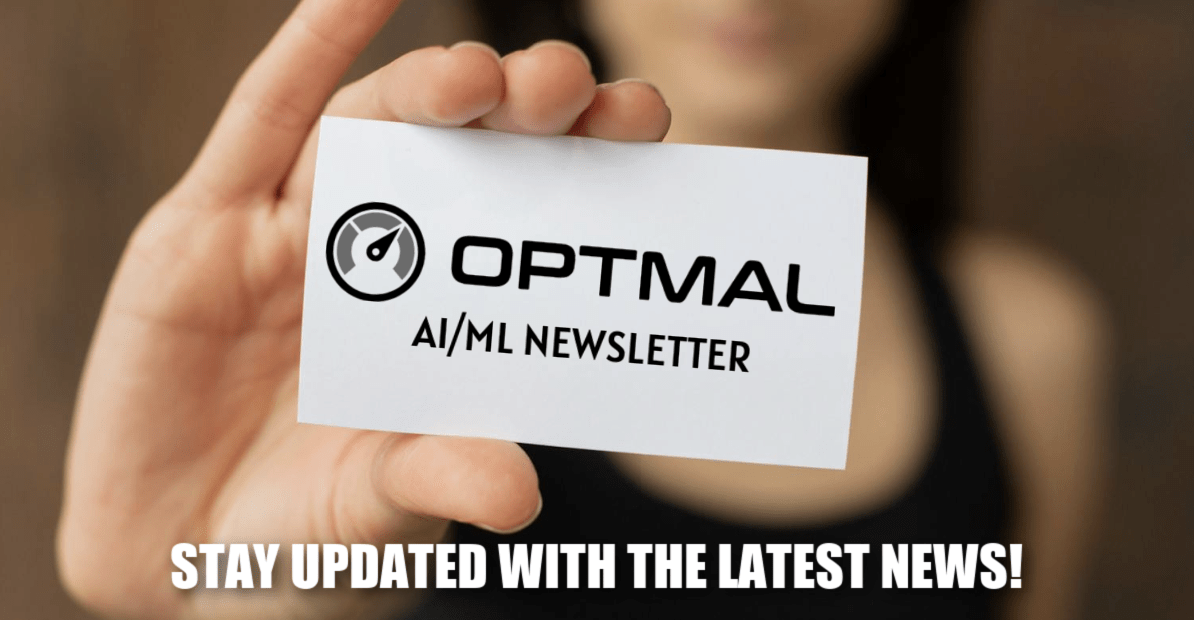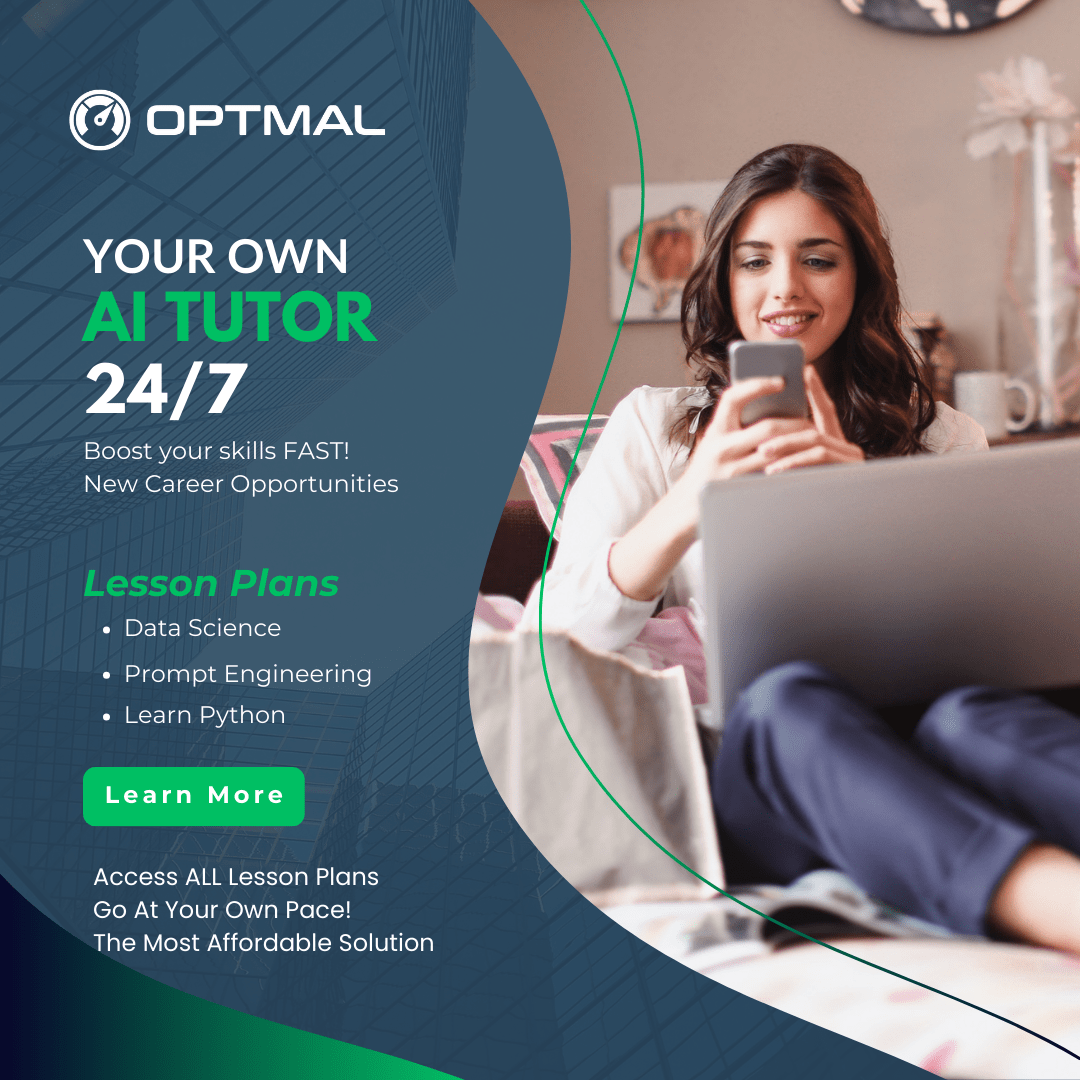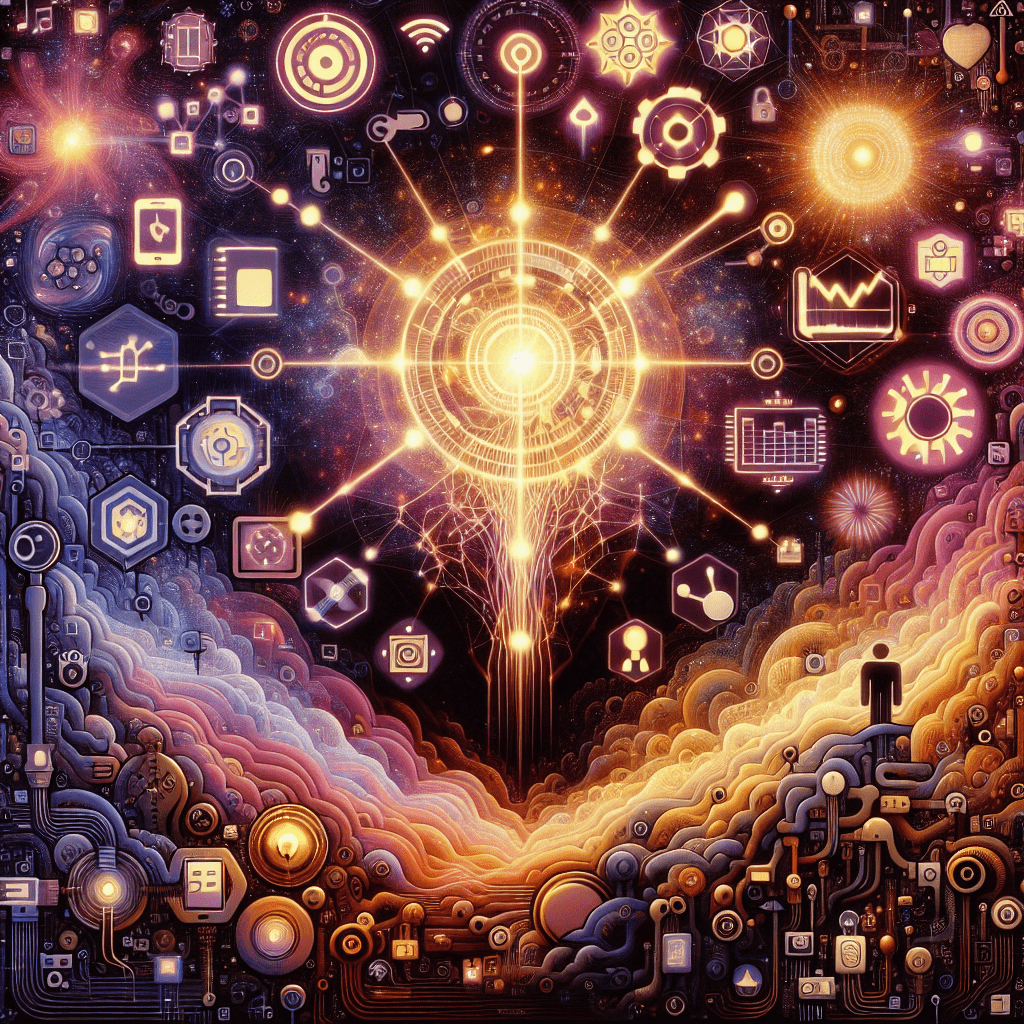In our rapidly evolving technological landscape, two terms frequently dominate conversations: Artificial Intelligence (AI) and the Internet of Things (IoT). While each of these technologies has made significant strides independently, their intersection is creating a transformative wave that promises to revolutionize our daily lives. In this article, we will explore how the convergence of AI and IoT is paving the way for a smarter world, enhancing efficiency, improving decision-making, and creating new opportunities across various sectors.
Understanding AI and IoT
Before delving into their intersection, it’s essential to understand what AI and IoT entail.
Artificial Intelligence (AI) refers to the simulation of human intelligence in machines programmed to think and learn. AI encompasses various technologies, including machine learning, natural language processing, and computer vision. Its primary goal is to enable machines to perform tasks that typically require human intelligence, such as recognizing patterns, making decisions, and predicting outcomes.
The Internet of Things (IoT), on the other hand, is a network of interconnected devices that communicate and exchange data with one another over the internet. These devices can range from everyday household items like smart thermostats and refrigerators to industrial machinery and sensors. IoT enables real-time data collection and analysis, providing insights that were previously unattainable.

The Synergy of AI and IoT
When AI and IoT converge, the result is a powerful synergy that enhances the capabilities of both technologies. Here are some key areas where this intersection is making a significant impact:
1. Enhanced Data Processing
IoT devices generate vast amounts of data. However, raw data is only valuable when it can be analyzed and transformed into actionable insights. AI algorithms excel at processing and analyzing large datasets quickly and accurately. By integrating AI with IoT, organizations can harness real-time data to identify trends, make predictions, and optimize operations. For example, smart cities can analyze traffic patterns in real-time to adjust traffic signals, reducing congestion and improving urban mobility.
2. Predictive Maintenance
In industries such as manufacturing and transportation, equipment failure can lead to costly downtime. IoT sensors can monitor the condition of machinery, while AI can analyze the data to predict when maintenance is required. This predictive maintenance approach not only extends the lifespan of equipment but also minimizes operational disruptions. Companies can save money and resources by addressing issues before they escalate into significant problems.
3. Improved Decision-Making
AI-powered IoT systems can provide decision-makers with valuable insights that were previously difficult to obtain. For instance, in agriculture, IoT sensors can monitor soil moisture levels, temperature, and crop health. AI algorithms can analyze this data to recommend optimal irrigation schedules and crop management practices, leading to increased yields and more sustainable farming practices. This level of informed decision-making is becoming essential in various sectors, from healthcare to finance.
4. Smart Homes and Personalization
AI and IoT are transforming the way we interact with our living spaces. Smart home devices, such as voice-activated assistants, smart thermostats, and security cameras, leverage AI to learn user preferences and behaviors. For example, a smart thermostat can analyze your daily routines and adjust the temperature accordingly, optimizing energy consumption and enhancing comfort. This level of personalization not only improves the user experience but also contributes to energy efficiency.
5. Enhanced Security
As the number of connected devices increases, so does the potential for security vulnerabilities. AI can play a crucial role in enhancing IoT security by analyzing data patterns to detect anomalies and potential threats. For instance, AI algorithms can monitor network traffic from IoT devices to identify unusual behavior, such as unauthorized access attempts. This proactive approach to security helps protect sensitive data and maintain the integrity of connected systems.
Challenges and Considerations
While the intersection of AI and IoT holds immense promise, it also presents challenges. Issues such as data privacy, security, and interoperability among devices must be addressed to fully realize the potential of these technologies. Additionally, as AI systems become more complex, ensuring transparency and accountability in decision-making processes is crucial.
Conclusion
The convergence of AI and IoT is ushering in a smarter world where data-driven insights lead to improved efficiency, enhanced decision-making, and personalized experiences. As these technologies continue to evolve, their potential applications are boundless, from smart cities and healthcare to agriculture and beyond. Embracing this intersection will not only improve our daily lives but also drive innovation and economic growth in the years to come. The future is indeed bright, and a smarter world awaits us all.

Boost Your Skills in AI/ML
